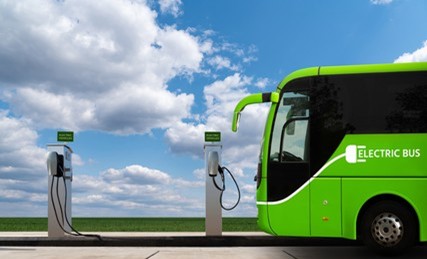Welcome to the third bulletin about the Metro Tasmania – Zero Emission Bus (ZEB) Trial. In this bulletin we provide an overview of Battery Chargers and how they charge a Battery Electric Bus (BEB).
What is a Battery Charger and how does it work?
- A battery charger manages the flow of electricity to charge the batteries on a Battery Electric Bus (BEB). It can be thought of as equivalent to a fuel bowser filling up the tank in a diesel bus.
- There are different types of battery chargers available: plug-in chargers that are similar to electric car chargers and pantograph chargers that engage with the bus through an over-head arm. Plug-in chargers will be used for the BEB trial, with the charger units likely to be installed between lanes 5 and 6 in the Launceston depot.
- It typically takes a few hours to charge a BEB. For example, a 100 kW DC battery charger at full output will take approximately 2 hours to provide enough charge for a BEB to travel 200 km (assuming a BEB efficiency of 100 kWh / 100 km).
- Overnight charging will be used for the BEB trial in the Launceston depot. At the end of the working day BEBs will be plugged in to the battery chargers, which will automatically manage the battery charging so that by the start of the next day the BEBs will be charged up and ready for a full days operation. The range of the BEBs will be such that top-up charging is not expected to be required during the day.
- Battery chargers can be used in combination with BEBs to ‘pre-condition’ the bus before it departs the depot. This reduces initial air-conditioning load on the batteries and means bus operators will be stepping into a pre-warmed bus on cold mornings!
Keep an eye out for the next bulletin which will provide an overview of hydrogen fuel-cell electric buses.

